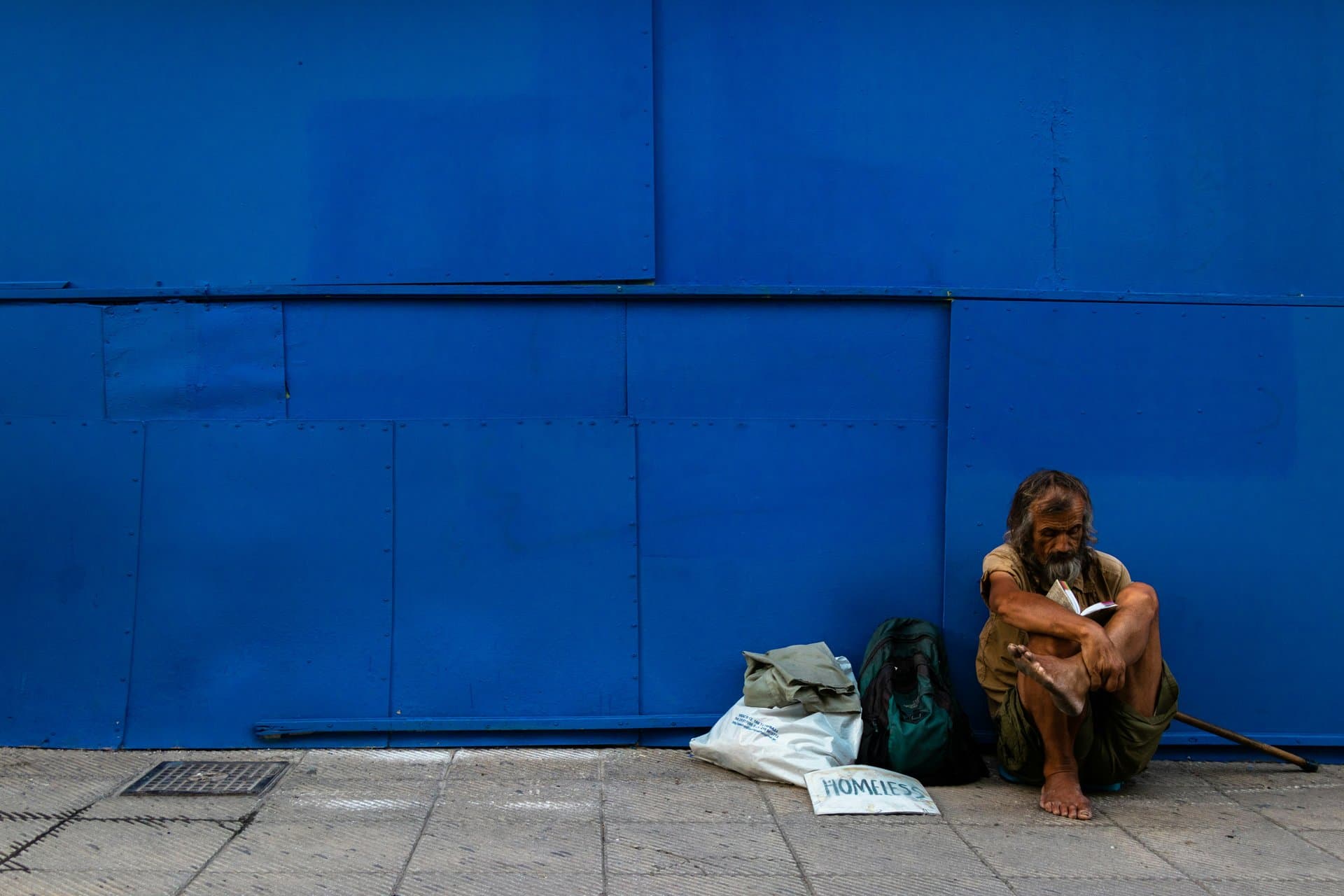How Poor Seniors Can Unlock Longer Life Expectancy Today
Discover actionable strategies to bridge the life expectancy gap for low-income seniors. Learn how financial planning, health habits, and community resources can extend your golden years with the right moves.

Key Takeaways
- Poor seniors die up to 9 years earlier than wealthy peers
- Long-term care costs exceed $100,000 annually for private nursing rooms
- Early and ongoing financial planning boosts retirement security
- Healthy habits and social engagement extend senior lifespan
- Community resources and policy changes can narrow longevity gaps

Billy Joel’s tune about the good dying young misses a harsh truth: it’s actually poor seniors who face shorter lives. Studies reveal that seniors earning less than $20,000 annually die nine years sooner than those making $120,000 or more. This growing income inequality casts a shadow over America’s aging population, with over 9.2 million seniors now living in poverty. But here’s the silver lining—financial advisers and researchers agree that smart planning and lifestyle choices can rewrite this story. This article unpacks the stark life expectancy gap, explores why it exists, and offers practical steps seniors can take to add years to their lives and dollars to their pockets.
Understanding Life Expectancy Gaps
Imagine two seniors: one earning less than $20,000 a year, the other pulling in $120,000 or more. The poorer senior faces a life expectancy nearly nine years shorter. That’s not just a number—it’s a stark reality backed by studies from the National Council on Aging and University of Massachusetts Boston. The gap widens when you zoom out: men in the lowest 1% income bracket live about 14.6 years less than their wealthiest counterparts. Women see a 10.1-year difference. Why? It’s a cocktail of health behaviors, access to care, and environment. The rich get healthier food, better medical attention, and safer neighborhoods. The poor often face chronic stress, limited resources, and higher disease rates. This isn’t just biology—it’s economics playing out in years lost.
Prioritizing Preventive Health Habits
Think quitting smoking is just about lungs? It’s about adding years. Lower-income seniors smoke more, eat less healthy, and move less, stacking the deck against longevity. But even small changes pack a punch. Regular walks, swapping processed snacks for fruits, and cutting back on alcohol can lower risks of heart disease and diabetes. These habits aren’t just health tips—they’re life extenders. The challenge? Poverty makes healthy choices harder. Fresh produce costs more, gyms aren’t free, and stress triggers unhealthy coping. Still, every step counts. Seniors who quit smoking or stay active see measurable drops in mortality risk. It’s a classic case of small wins adding up to big gains.
Navigating Long-Term Care Costs
Long-term care is the financial iceberg lurking beneath retirement’s calm surface. More than half of adults over 65 will need services like home aides or nursing homes. A private nursing room can cost over $100,000 a year—prices rising faster than inflation. Medicare and traditional insurance barely cover these costs, leaving seniors to foot the bill. For poor seniors, this shock can be devastating, pushing them deeper into poverty. Financial advisers like Jessica Nino urge early planning: max out 401(k)s, Roth IRAs, and health savings accounts (HSAs). These tools offer tax advantages and growth potential. But timing matters—buying hybrid long-term care insurance too early means high premiums; too late, and it’s unaffordable. The key is balance and starting conversations early.
Leveraging Community and Social Supports
Loneliness isn’t just an emotional burden—it’s a health hazard. Poor seniors often face social isolation, which worsens mental and physical health. Community programs, senior centers, and faith groups provide more than companionship—they offer meals, activities, and a lifeline. Transportation services help seniors get to appointments and social events, keeping them engaged and active. Nutrition assistance programs like SNAP and Meals on Wheels fill dietary gaps when budgets are tight. These resources don’t just improve quality of life; they extend it. Engaging socially reduces stress and mortality risk, proving that connection is a prescription for longevity.
Advocating for Structural Change
Individual effort is vital, but it’s only part of the puzzle. The longevity gap reflects deep societal cracks—unequal healthcare access, underfunded communities, and economic disparities. Research shows communities with higher education levels, more government spending, and greater diversity see smaller gaps. Policy advocacy can expand healthcare coverage, raise minimum wages, and invest in elder services. Seniors and allies can join local government meetings, tenant associations, and advocacy groups to push for safer neighborhoods and better support. Closing the life expectancy gap demands a chorus of voices and coordinated action. It’s about turning data into change, and change into longer, healthier lives for all seniors.
Long Story Short
The data is clear: poverty steals years from seniors, but it doesn’t have to be a life sentence. Prioritizing preventive health, tapping into community supports, and starting financial planning early—even in your 20s or 50s—can build a buffer against the costly shocks of aging. Long-term care expenses loom large, but knowing your options and preparing can turn fear into control. Beyond individual action, advocating for policies that reduce elder poverty and improve healthcare access is vital. The relief of a funded emergency account and the joy of social connection aren’t just comforts—they’re lifelines. With awareness and action, seniors can defy grim statistics and embrace longer, fuller lives.